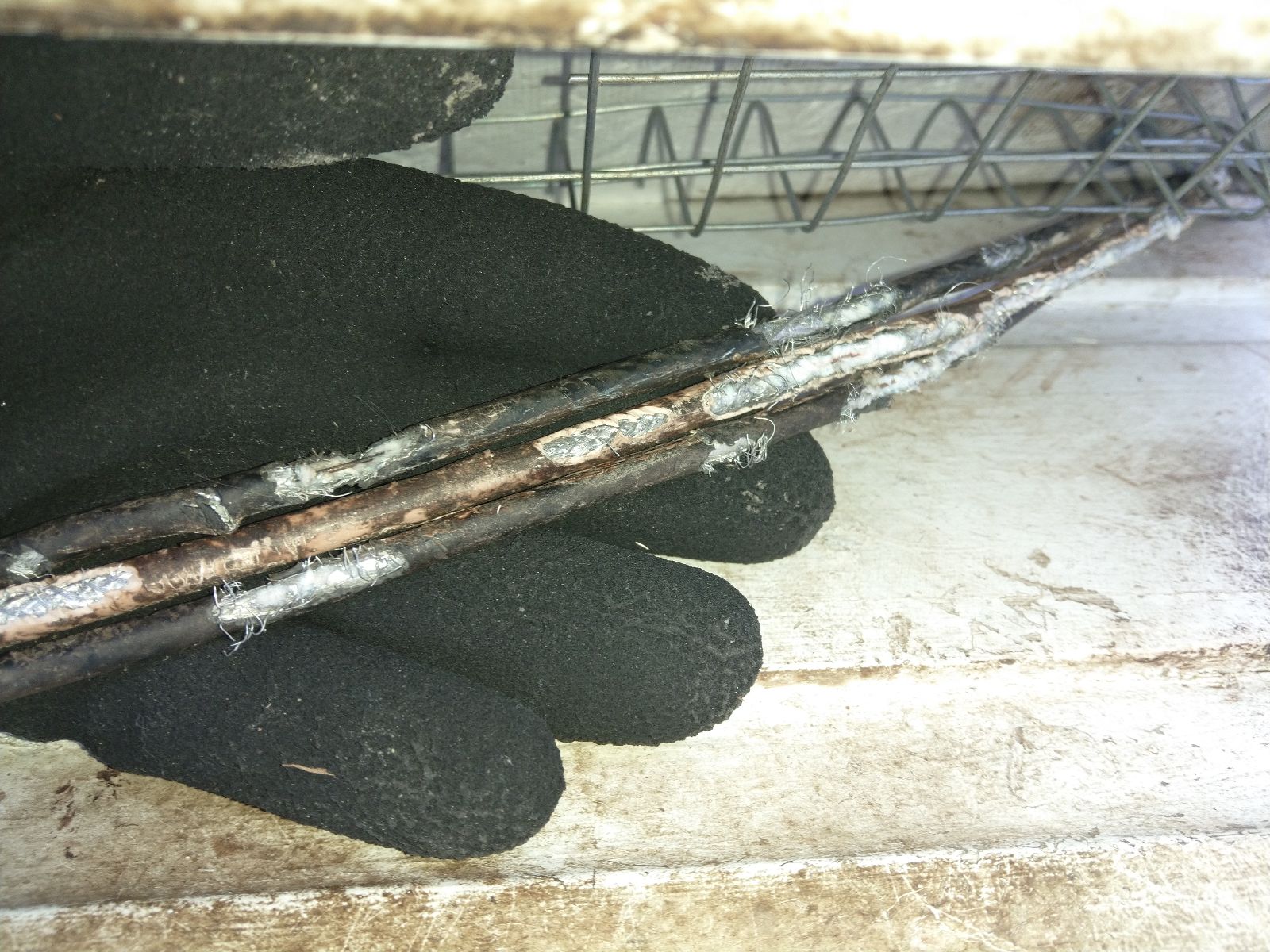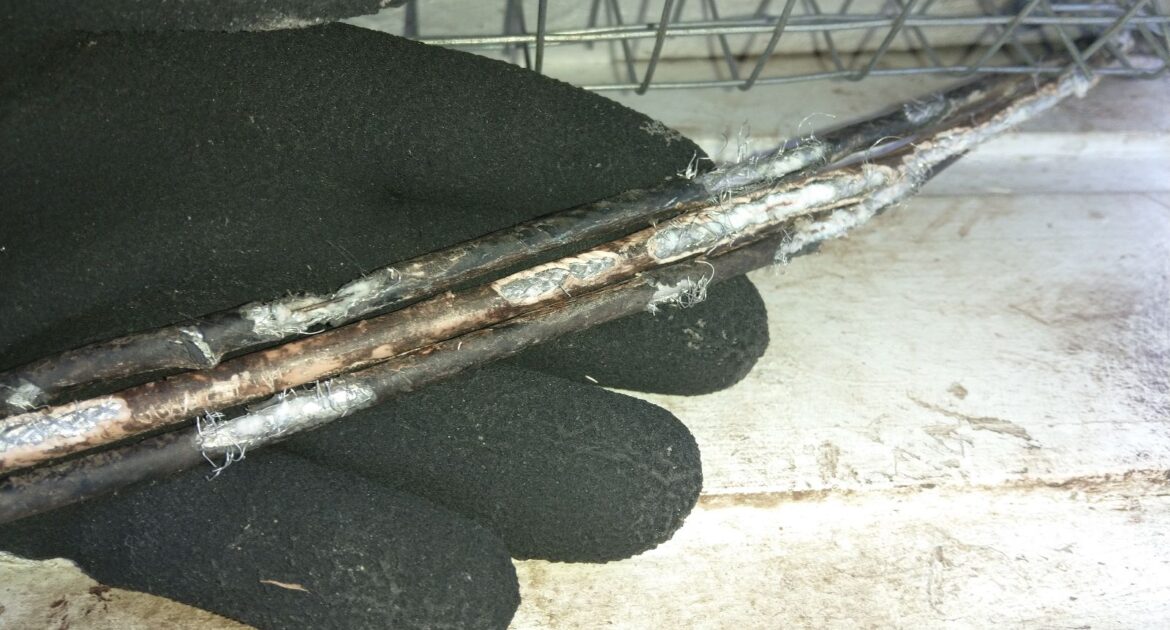How do squirrels survive winter? The critters find warm places to nest, such as your home’s attic. Sometimes, a squirrel doesn’t mean to enter your house, and it causes a lot of chaos and damage as it tries to find its way out. Fear and panic are not helpful in these situations and often make matters worse.
3 Potential Safety and Health Risks of Squirrels in the Home
While squirrels look cute and cuddly, they are wild animals. If they get inside your home intentionally or accidentally, it is vital you remove them as soon as possible but hire a professional. Attempting DIY removals is dangerous, and you can never be sure you removed every squirrel. Leaving even one squirrel behind creates significant health and safety risks.
1. Fire Hazards
Squirrels must chew and gnaw on objects to file down their teeth because they never stop growing. Unfortunately, like other rodents, squirrels cannot discern between safe and unsafe objects, meaning they chew on and through wiring and wood beams.
Also, squirrels build nests out of random materials they find. If living in your attic, they will use insulation, cardboard, and paper. They will also bring in leaves and other yard debris from the yard.
When you combine frayed and chewed wires with combustible materials, you have a significant fire risk. Do not allow squirrels to get too comfortable in your home. Contact a humane wildlife control service for help.
2. Bacteria, Disease, and Illness
Like other rodents and wildlife, squirrels carry bacteria and diseases they can transmit to humans and pets. While the most direct line of transmission is through bites or scratches, bacteria can also thrive on squirrel droppings or in their urine. The animal can contaminate various surfaces in your home by walking across them.
3. Property Damage
If a squirrel is nesting in your home, it can create a mess. From the debris it gathers to build a physical nest to its eating habits and behaviours, your house will need a thorough cleaning after removing the animal.
Wildlife control services have found nuts in ventilation and urine-damaged floorboards. Also, the fascia or siding of a home is often torn away to create access points.
4 Steps To Help the Squirrel Exit Your Home
If a squirrel accidentally finds its way inside, either through the chimney or an open window or door, it is important not to panic. If you scream or chase it, the animal will also panic, likely making its way further into your home. You can help the squirrel and yourself by remaining calm and following four steps.
1. Isolate the Squirrel
You want to isolate the squirrel. If it is in a room with doors, close them. This keeps your pets out and allows the squirrel to calm down.
2. Provide an Exit
How did the squirrel get into the room? If it was through an open window or door, keep it open. The animal will probably move toward the exit if it has nowhere to go.
3. Seal Entries
Once the squirrel exits your house, close all open windows or doors to prevent it from getting back inside. Contact a wildlife control service to ensure there are no other vulnerable spots around your house.
4. Make Your Yard Less Appealing
Keep squirrels out of your yard by making it less appealing. Take down bird feeders. Keep the grass cut and the yard clean. Feed pets inside. Trim trees and bushes.
Professional Services Protect Against Wildlife Risks
Wildlife control in Richmond Hill can protect against wildlife risks. The professionals will help you with prevention strategies, and they will ensure your home is safe and clean after an infestation or wildlife encounter. Contact Skedaddle Humane Wildlife Control to schedule a property assessment.




